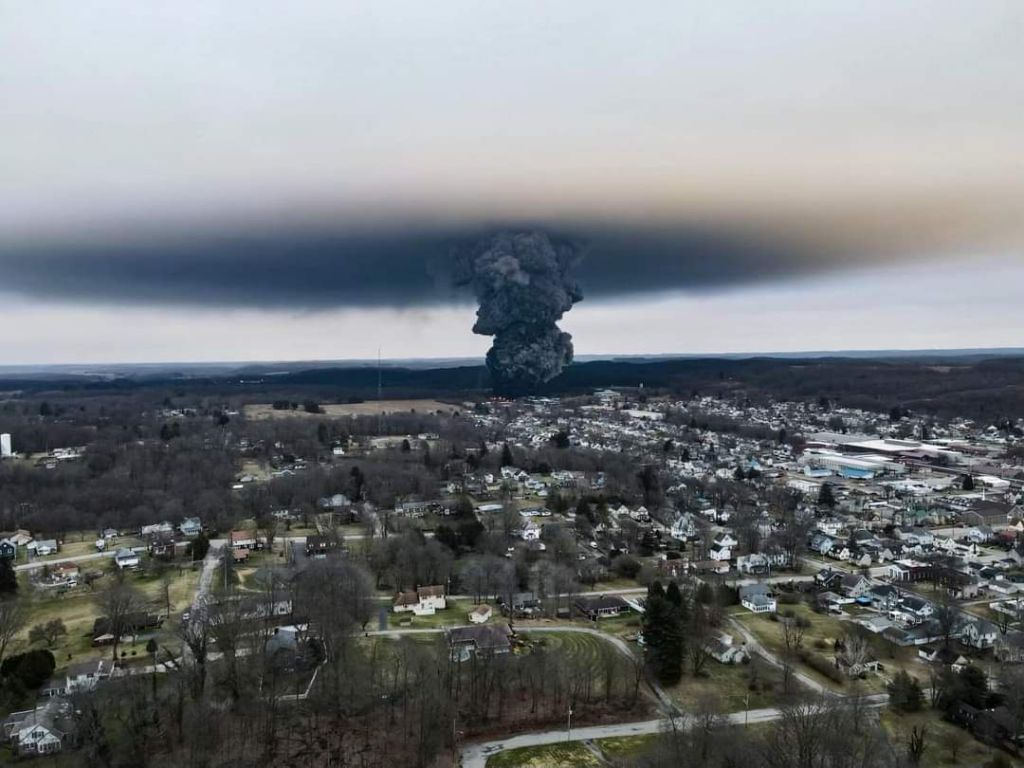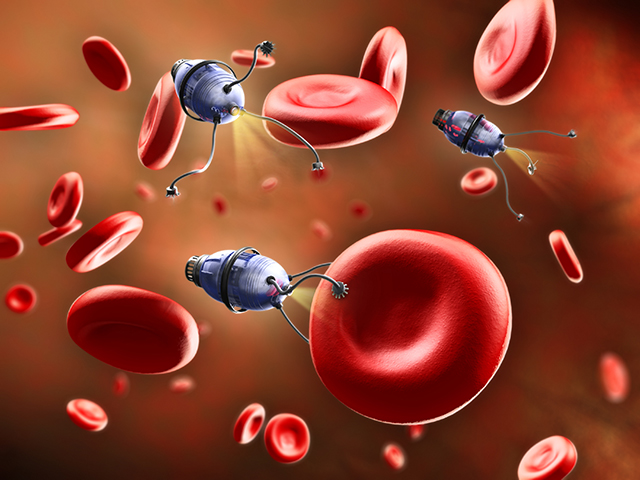
Vinyl chloride, a known carcinogen, spreads in the aftermath of the Ohio train derailment
Residents in the area surrounding East Palestine, Ohio, where about 50 cars derailed, are now dealing with hazardous materials such as butyl acrylate, ethylhexyl acrylate, ethylene glycol monobutyl ether, isobutylene and vinyl chloride. After the incident, three things must happen:- The chemicals must be cleaned up.
- The area and residents require long-term monitoring to ensure that the health effects linked to the spill are recognized and treated immediately.
- People exposed to the chemicals must take measures to help their body deal with the dangerous chemicals they were exposed to.
Symptoms of acute chemical exposure
If you have inhaled chemical or toxic fumes, go outdoors and get fresh air straight away. If you are unable to walk, loosen tight clothing and open doors and windows wide. If someone else has inhaled toxic fumes, call 911 immediately. If the patient vomits, turn their head to the side to prevent choking. You may be experiencing acute chemical exposure if you exhibit some of the following symptoms:- Blurred vision
- Burning of the eyes, nose, throat, chest, or skin
- Coughing
- Diarrhea
- Difficulty breathing
- Feeling faint or weak
- Headache
- Inebriation
- Stomach aches
- Sweating
- Vomiting
- Watery eyes
- Wheezing
Support liver health
Your liver is one of the primary detoxification organs and certain supplements can help it do its job. Calcium d-glucarate can help facilitate phase two detoxification in the liver called glucuronidation.Supplement with antioxidants
Supplementing with antioxidants can help scavenge harmful free radicals. Glutathione is the "master antioxidant" and it is naturally produced within the body. A liposomal form of glutathione is usually best absorbed.Try binding agents
Taking systemic binding agents such as bentonite clay, charcoal, humic and fulvic acids and micronized zeolite clinoptilolite may help detoxify hazardous materials like benzenes, dioxins, phosgene gas, phthalates, plastics and vinyl chloride. These substances can bind to toxic compounds and help your body eject them.Detox and open pathways of elimination
Ensuring that your body's other pathways of elimination, such as the colon, kidneys, lungs, lymphatic system, skin and glymphatic system are functioning well can help your body get rid of toxins. If these pathways aren't functioning properly, your body will have a hard time detoxing because there will be no place for the toxins to go. Here are some suggestions on how to open up drainage pathways:- Expose yourself to the morning sun. This can help because these drainage pathways are connected to your circadian rhythm.
- Hydrate with water and mineral-rich beverages to flush the kidneys.
- Follow a clean, mineral-rich diet with plenty of fiber.
- Make sure you have at least one to three daily bowel movements.
- Manage your stress levels.
Support protective barriers
Barrier integrity helps protect your body from toxins. When you are exposed to toxins, it's crucial to support the gut, brain and lung barriers. Brain Having a blood-brain barrier dysfunction or "leaky brain" is linked to intestinal hyperpermeability or "leaky gut" so it's best to protect your brain and gut. Compounds, nutrients and vitamins like B vitamins, curcumin, magnesium, omega 3 fatty acids, resveratrol, sulforaphane and vitamin D are found in cruciferous vegetables and can help support blood-brain barrier integrity. Gut Aloe, curcumin, deglycyrrhizinated licorice, L-glutamine, marshmallow root, prebiotics, probiotic and slippery elm can all help strengthen the integrity of your intestinal barrier. Lungs Similar to a leaky gut and leaky brain, the delicate lining of your lungs can also become permeable. This happens when inhaled particles penetrate the lung tissue itself through microscopic holes in the lungs. The particles then make their way into the body cavity and trigger an immune response. Nebulizing proper forms of glutathione and taking immune-modulating compounds like curcumin, omega-3 fatty acids and resveratrol and maintaining proper vitamin D levels are needed for adequate support.Avoid food exposed to chemicals
It’s difficult to know how chemical exposures from the Ohio train derailment will affect the food supply in the long term due to contaminated soils. In the short term, avoid fresh eggs, produce or other foods directly exposed to these toxins.Air purification
Get a quality air purifier for your home to remove airborne particles as small as 0.003 microns in size. Change HVAC system filter and air purifier filters regularly. If you live near one of these train crashes involving toxic chemicals, leave town until it's safe to return.Water purification
Filter water with activated carbon treatment. This includes drinking water and water for bathing and cleaning. Purchase filters that can be attached to shower and bath spigots to ensure that your bathing water is safe. Don't wait until it's too late to protect your family against acute chemical exposure. If you suspect that you have been exposed to potentially harmful chemicals, support your body in holistic ways by taking supplements or supporting liver health. Visit Disaster.news to read more articles about the Ohio train derailment. Watch the video below to find out how curcumin can help support liver health. This video is from the Groovy Bee channel on Brighteon.com.More related stories:
ENVIRO-TERROR in Ohio as TOXIC GAS CLOUD unleashed when "authorities" set fire to vinyl chloride to DISPERSE it over skies, farms and rivers. Prepping food supply 101: How to survive if you run out of supplies during a long-term disaster. Prepping 101: Short-term and long-term sanitation solutions to consider when disaster strikes. Sources include: TheEpochTimes.com HealthDirect.gov.au Brighteon.comBy Natalie Parker // Share
Footage from Ohio school shows Black students forcing White students to say “black lives matter”
By Ramon Tomey // Share
Hungarian official: Pro-war EU wants Ukraine conflict to continue
By Ramon Tomey // Share
Hydration and health: How to ensure that your drinking water is safe
By Zoey Sky // Share
Report: Austin Police officers quit in droves, Texas City ‘hostile place’ for conservatives
By News Editors // Share
The silent alarm: Why hand numbness demands your attention
By willowt // Share
Hunter Biden DISBARRED in Connecticut over firearm and tax convictions
By ramontomeydw // Share
Israel announces plan to demolish residential buildings in West Bank's Nur Shams camp
By kevinhughes // Share
Microscopic robotics: Tiny machines now sense, think and act autonomously
By patricklewis // Share











